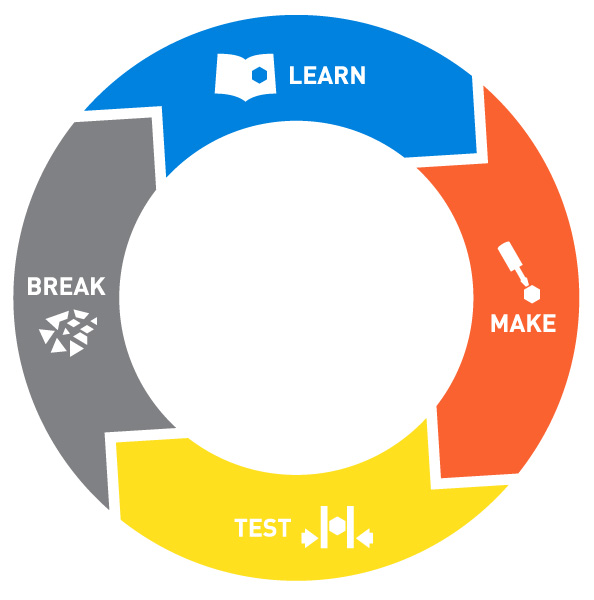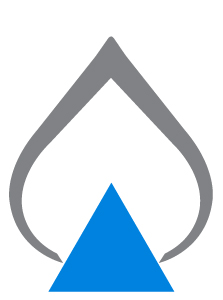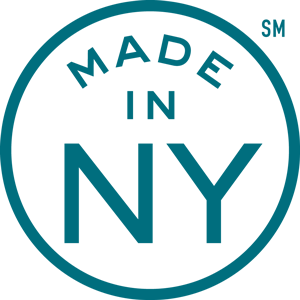What We Do
Tomorrow Lab operates from our headquarters in NYC as an innovation studio for new hardware products. We average 8-10 projects per year, dedicating 2-6 months per project, servicing clients globally.
We offer two styles of working: Product Discovery to rapidly define and design new product prototypes, and Product Development to develop market-ready products for manufacture. If required, we also offer retained Manufacturing Support in an additional phase of work. We are Apple MFi certified developers.

Workshops & Consulting
We work with teams in early stages of ideation in an accelerated 6-8 week process in which we uncover opportunities to bring their ideas to life.
Tomorrow Lab combines design thinking and interdisciplinary engineering rigor with a hands-on, lab-style prototyping approach and patent research to develop the products’ core technology, industrial design vision, and brand.

Studio Projects
We bring a three-phase product development process over the course of 4-6 months to each project starting with research. In our development phase, we apply a holistic product architecture that balances industrial design, engineering, and prototyping. We make important design decision in this phase that are carried out during phase two as we continue to design and develop. In our final phase, refinement, we create fully-dimensioned production-ready designs and firmware, and complete prototypes.
Depending on the needs of the client, we offer a Phase 4 in which we utilize our relationships with factories both in China and the United States to oversee pilot production of products.
Obsessive Prototyping

Throughout this process, Tomorrow Lab prototypes early and often in order to connect ideas to reality. Through each phase, we build and teardown prototypes in order to lead us to a more complete understanding of the problems and solutions.
Prototyping in the lab can include sketching ideas, early renderings, and building crude models from materials such as foam, wood, or paper with tape and glue. For more advanced testing, we create 3D models with our in-house desktop 3D printers and CNC Other Mill; source laser cut parts; and even build circuit boards to test battery life and power. We also simulate real-life conditions for our prototypes with the help of testing rigs to confirm both the science and design. No matter what the scale, we use a cycle of learn-make-test-break to better understand the features of the future product. By focusing on the Minimum Viable Product (MVP) as the goal, we can get to a market-ready product faster.
Core Capabilities



